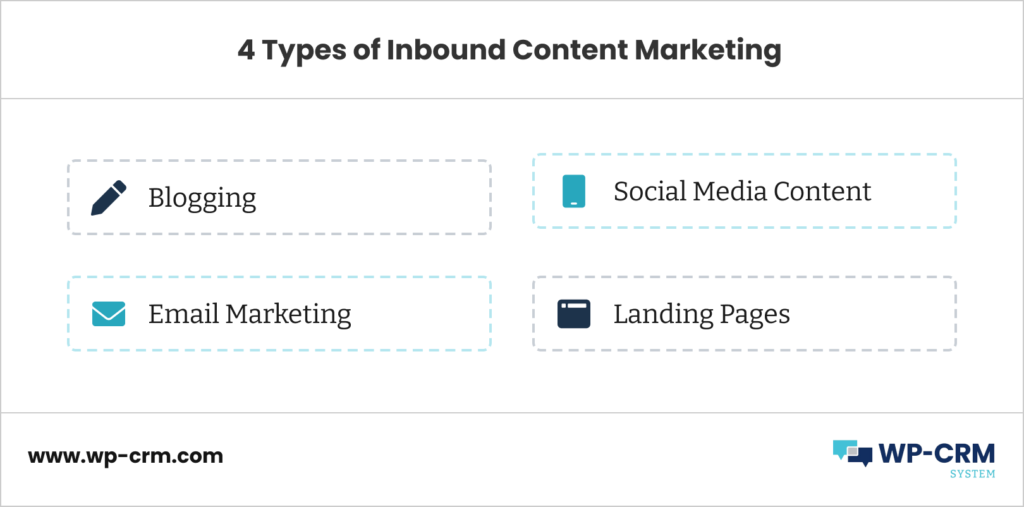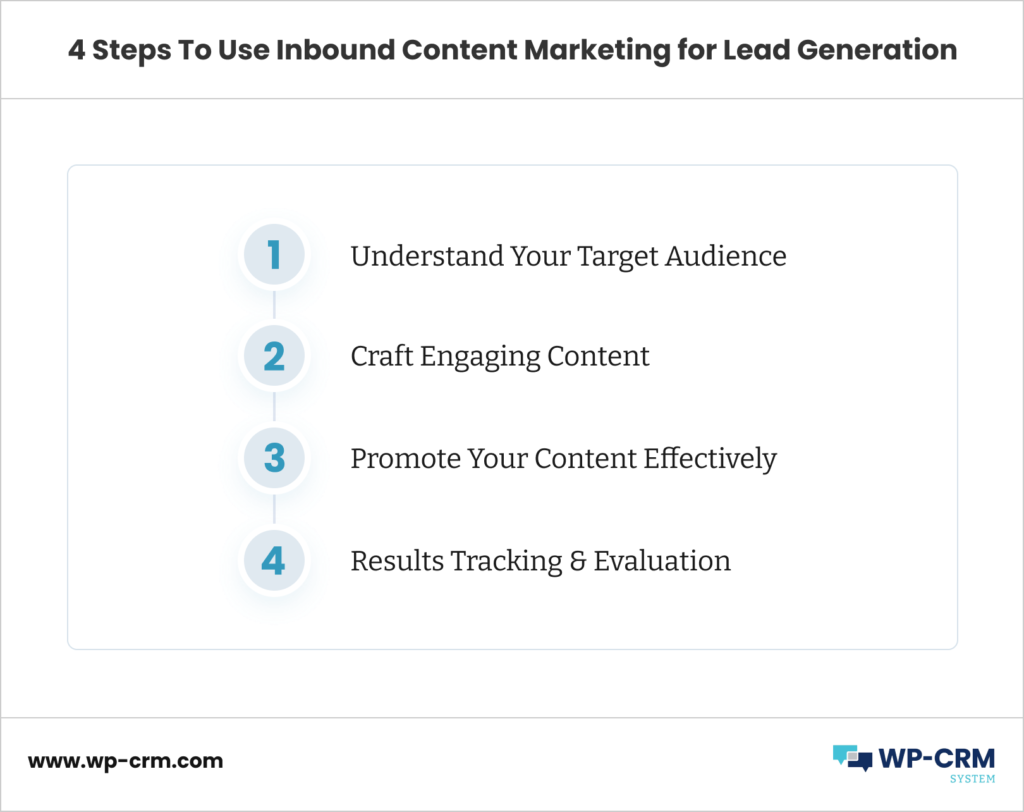Inbound Content Marketing Tips To Boost Lead Generation
Inbound content marketing is an essential component of any inbound marketing strategy. It helps draw in potential customers and convert them into leads, which can then be nurtured for the ultimate goal of increased sales. By utilizing well-crafted content, businesses can more effectively engage with their target audience and boost lead generation.
The first step to creating a successful inbound content marketing plan is knowing your target audience well. Content should be tailored to meet the needs of your ideal customer—their interests, pain points, and questions they may have about your product or service. Doing so will ensure that your content resonates with them and increases the chances that they will become a lead. Additionally, make sure to stay up-to-date on industry trends so that you can create timely and relevant content that meets the needs of your target market.
In addition to creating engaging content, it is also important to promote it effectively across various channels. For example, share your content on social media platforms like Facebook, Twitter, Instagram, and LinkedIn, as well as other digital media such as YouTube or Pinterest. These strategies help get more eyes on your messages and increase lead generation opportunities through inbound marketing tactics.
In this article, we will first outline the different types of inbound content marketing. We will also describe 4 ways to use them to enhance lead generation and boost sales.
Types of Inbound Content Marketing

There are a variety of different types of inbound content marketing types you can use to generate more leads from your WordPress website. Here are some of the most common ones:
- Blogging. Blogging is a great way to attract potential customers, engage existing ones, and demonstrate your expertise. Creating evergreen posts that include relevant keywords ensures that your content reaches the right people and showcases what makes you unique.
- Social Media Content. Social media platforms like Facebook, Twitter, and Instagram are great for promoting your blog posts as well as engaging with followers. Moreover, creating visually engaging content such as videos or images on these channels can help drive more leads for your business.
- Email Marketing. Email campaigns are highly effective at reaching existing customers and capturing those who would otherwise be lost in the shuffle. Utilizing segmentation features within email marketing tools such as MailChimp can also ensure that you reach the right people with the right message.
- Landing Pages. Offering gated content such as e-books or whitepapers is an excellent way to capture leads through landing pages on your website. Tailoring each page’s message to the target audience increases its efficacy even further.
With these content types combined into a cohesive plan, businesses can create an effective inbound content marketing strategy that drives lead generation opportunities from their WordPress websites.
How To Use Inbound Content Marketing for Lead Generation

Inbound content marketing is an effective way to reach potential customers and convert them into leads. By developing persuasive and appropriate content that resonates with the target audience, businesses can form meaningful relationships while generating more leads. Here are some tips on how to maximize your inbound content marketing strategies to drive leads.
Understand Your Target Audience
The key to successful inbound content marketing starts by understanding your target audience. To build a connection with your target audience, get to know their likes and dislikes as well as the challenges they may be facing. Producing content based on these insights will help make them more likely to become leads. Furthermore, staying abreast of industry trends will guarantee that your messages are always relevant and resonate with the ideal customer, thus driving greater engagement.
Craft Engaging Content
Once you know who you’re targeting, it’s time to craft the content itself. It should be well-written, informative, and most importantly—engaging. Relevant keywords should also be incorporated into each piece so it appears in search engine results when potential customers are looking for products or services like yours. Moreover, adding visuals such as images or videos can further enhance the message you’re trying to get across and make it more memorable for readers.
Promote Your Content Effectively
Getting eyes on your messages is just as important as crafting engaging pieces—and leveraging various channels is essential for maximizing reach. Promote blog posts or other pieces across social media platforms.
Use influencers in your industry to spread the word about new posts on their channels; send emails out frequently to existing customers letting them know about new pieces. Create landing pages that offer gated content such as e-books or whitepapers; etc. These strategies can help dramatically increase lead generation opportunities through inbound content marketing tactics.
Results Tracking & Evaluation
Measuring the success of any marketing campaign is critical in understanding what works best for your business—and inbound content marketing is no different. Track metrics such as website visits, social media engagement rates or email signups compare against goals over time – and use these insights to inform future campaigns and optimize performance even further. This process should involve ongoing testing of different tactics alongside regular evaluation in order to truly understand what generates quality leads for maximum return on investment (ROI).
Bottom Line
All in all, inbound content marketing is the best way to boost lead generation and capture your audience’s interest organically. By understanding your target audience, crafting engaging content, and promoting it effectively, you can have a powerful impact on your leads. To make sure that your inbound content marketing strategies are successful, be sure to track the results and adjust strategies based on the evaluation results. Keep these tips top of mind when curating your content, and you’ll be sure to see success. Good luck!
